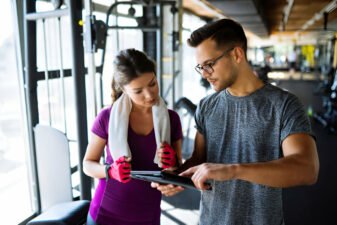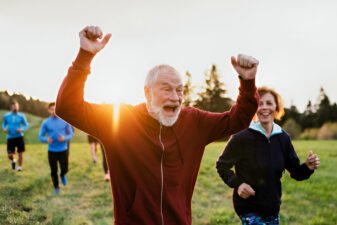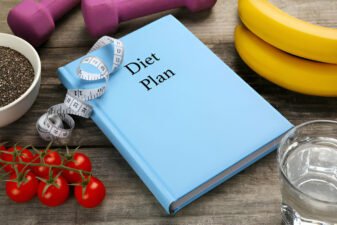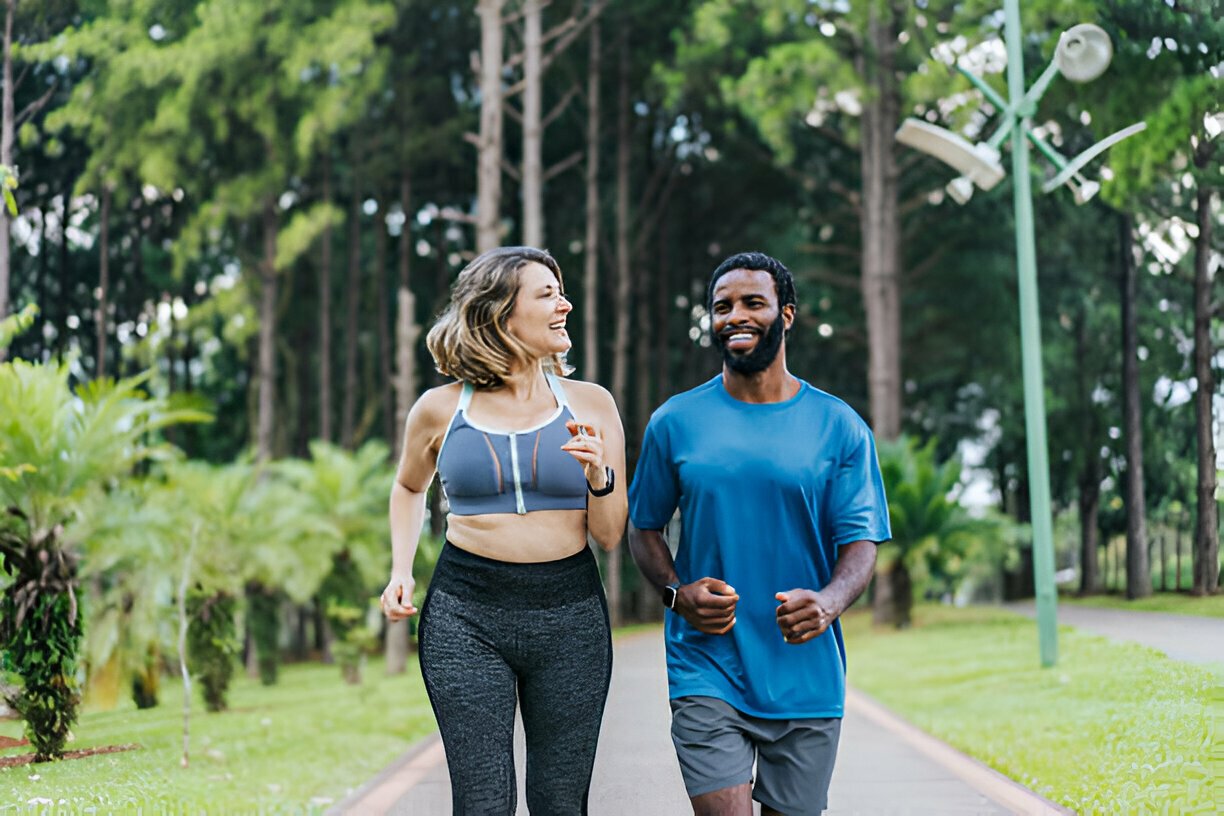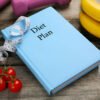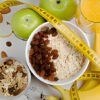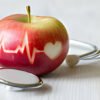How Exercising Increases Calorie Expenditure
Exercise helps us to burn calories and lose weight in two different ways. First, it causes the muscles of the body to do more work. Second, it enlarges our muscle tissue, thus raising our metabolic rate (the amount of calories we burn while resting). This is because muscle is more metabolically active than body fat. So physical activity leads to immediate calorie expenditure during a particular workout, and also helps us to continue burning extra calories even when our fitness routine is over.
Different Types of Exercise Benefit Calorie Expenditure
There are two basic types of exercise: aerobic and anaerobic.
The word aerobic means “with oxygen”. Aerobic exercise refers to physical workouts that require oxygen to be delivered to the muscles (via the lungs and blood supply) over an extended period. Aerobic activities (eg. walking, jogging, swimming, jumping rope, roller-blading, rowing and general sports like football and tennis) are typically sustained for a period of time, rather than short bursts of effort. Aerobic training is often called “cardio” exercise because it strengthens the cardiovascular (heart) and respiratory (lungs) systems
The word anaerobic means “without oxygen”. Anaerobic exercise refers to fitness routines (eg. lifting weights) that don’t rely on oxygen for fuel. Anaerobic workouts typically involve short bursts of energy, which are powered by non-oxygen fuel sources such as adenosine triphosphate and glycogen stored in the muscles.
Which Exercise is Best to Burn Extra Calories?
The best type of activity for “instant” calorie-burning is aerobic training. The best type of activity to raise metabolic rate and increase “longer-term calorie expenditure” is anaerobic training, like weight-lifting.
Combine Aerobic and Anaerobic Exercise
The ideal calorie-burning training program involves a combination of both these types of exercises. Ideally get advice from a fitness professional as to how to structure your program. As a rough guide, if doing a 60-minute workout at a fitness center or using a home gym, divide your program into approximately 40 minutes cardio and 20 minutes weight-training, or do aerobics one day and weights the next.
What to Eat Before Exercising
Always eat 3-4 hours before exercise. Your best choice is a high-carbohydrate, low-fat meal, with foods like breakfast cereal, fruit, yogurt, fruit juice, bread, pasta and rice. Avoid fried food and other high-fat options. These low-fat, carbohydrate-rich foods give you the necessary energy to enable you to exercise for up to one hour at a time, and help to optimize fat-burning.
Sports Drinks Can Be High Calorie
Some athletes drink a sports drink during their training, but be aware that these drinks typically have a high calorie-content and are not required unless you are exercising vigorously for more than one hour at a time. Drink water instead.
What to Eat After Exercising
After exercise, refuel your energy stores with a high-carbohydrate, low-fat meal again. People sometimes say they don’t feel like eating after exercise. That’s fine, but you should not exercise again within 12 hours unless you have replenished your energy stores with sufficient carbohydrate. If you don’t recharge your energy stocks correctly, you will end up too tired to do any exercise at all. So keep eating and drinking, but choose high-carbohydrate foods and plenty of water.
More Information About Weight Management

